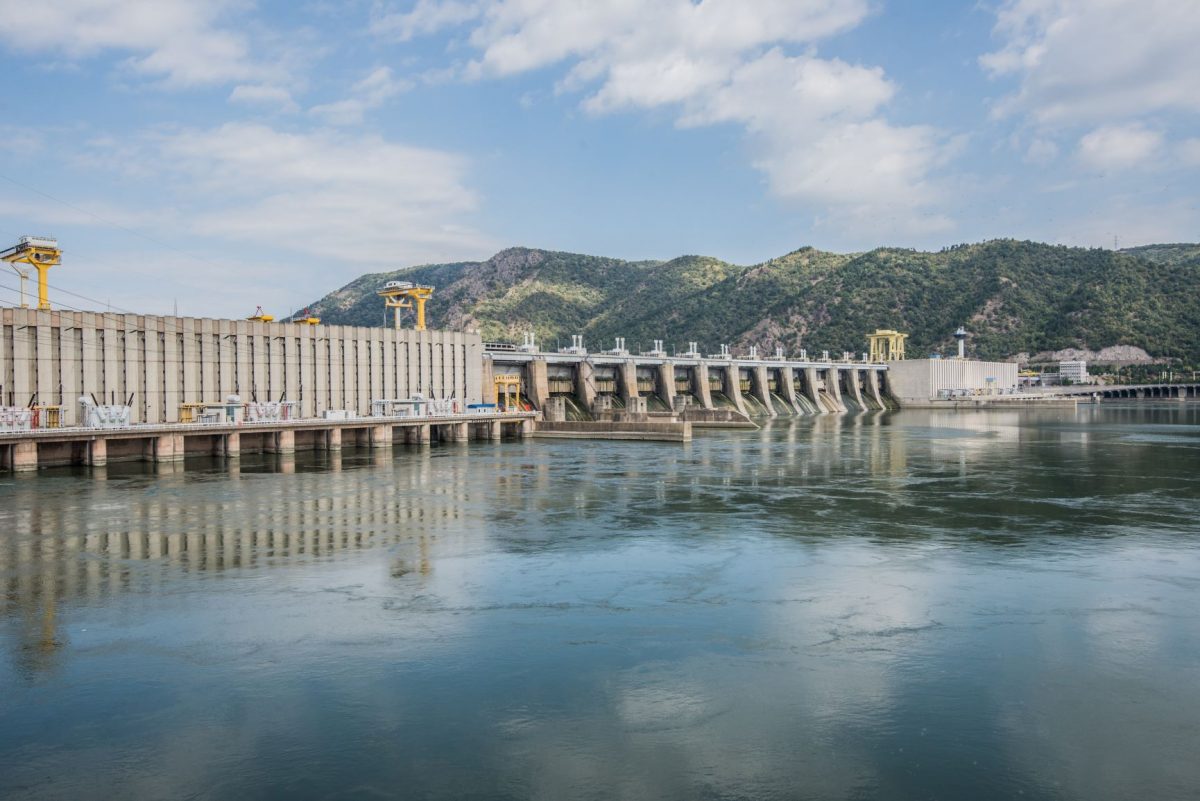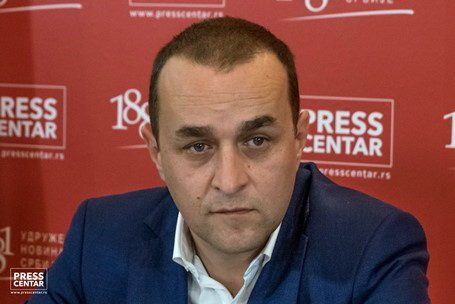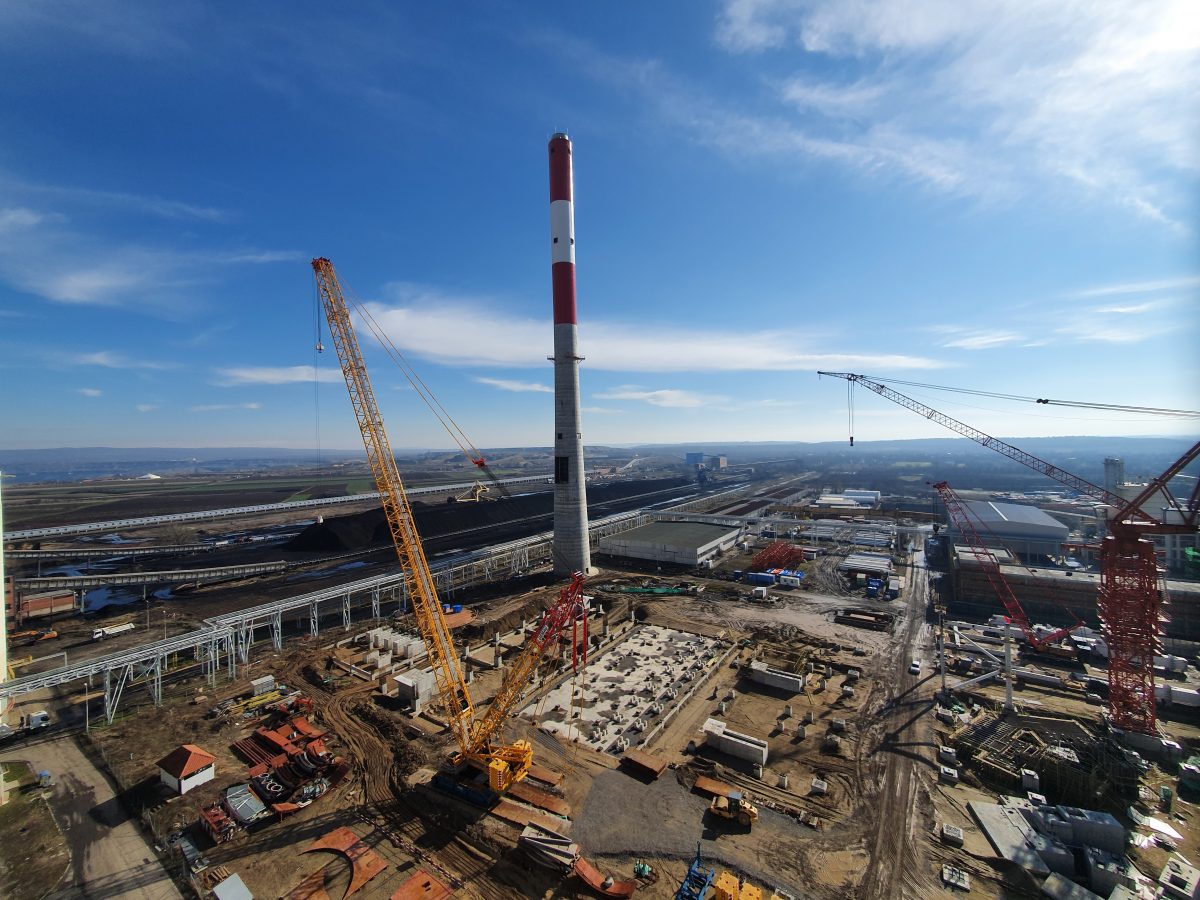Planned investments of EPS – a Guarantee of Energy Independence
With the existing electricity capacities, Serbia is an energy independent country producing enough electricity for its population and the economy from local resources. However, most of these capacities have long since entered middle age. Regardless of the age of the power plants, Elektroprivreda Srbije has preserved and upgraded its capacities by systematically investing into maintenance, revitalization and modernization. Through dedicated investments into environmental projects, EPS confirms its commitment to power plants meeting all environmental criteria. The goal is for Serbia to have stable and reliable electricity production, ensured energy independence and full compliance with EU environmental norms in the coming decades. Without secured energy independence, there is no economic development, no secure future for future generations.

EPS is constantly investing, electricity production is growing and a high reliability level is maintained, which would not be possible without investments and good work. In the last 15 years, EPS has invested 1.4 billion euros in major overhauls. When smaller overhauls and projects are taken into account, this is some 2.5 billion euros. Only by revitalizing its generating units, by increasing efficiency above all, did EPS increase its capacity and got new green megawatts. This is 200 megawatts.
– The average age of EPS power plants is around 45 years. In the thermal sector, plant age ranges from as much as 60 to 30 years. Without the construction of replacement units, EPS will not be able to provide enough energy in the coming decades, because the average increase in electricity consumption is expected to be around 0.9% per year by 2040. This means that about 6.5 billion kWh more electricity will be needed in 2040, or about 3 TWh more in 2030 compared to 2020 – says Vladimir Markovic, assistant director of EPS and director of the key investment projects. – EPS is strategically and systematically modernizing its facilities in order to ensure the security of electricity supply, which is the main precondition for the normal functioning of the state, i.e. the citizens and the economy of our country. We are working hard on RES projects, but it should not be ignored that the key to Serbia’s electricity stability can be achieved by greatest possible modernization and technologically improved use of coal. It is necessary to find the right mix of how, to what extent and at what pace to use Serbia’s resources.

According to experts, without coal, Serbia has neither the resources nor the potential to ensure electricity stability and independence. Both with higher RES production, and with future gas-based production, thermal capacities must remain dominant. Otherwise, we would be faced with the lack of energy and have to import much more expensive electricity. This would endanger the citizens and the economy of Serbia. EPS is therefore ready to start paving the way towards transition to cleaner energy production with an increase in RES capacity, as well as with projects that make coal cleaner by complying with of all local and EU environmental laws.
– Serbia is already completely dependent on gas imports, highly dependent on oil imports, while the only energy area in which our country is still import independent is the area of electricity – thanks, above all, to its natural, mineral and water resources. In terms of coal reserves, our country is on the eighth place in the world, ahead of us are only large countries such as Russia, China, USA, Australia, Germany, Turkey and Indonesia – explains Nenad Šijaković, engineer and expert on electricity projects. – The only similar case to ours in Europe could be Poland, which ranks tenth on the same list in terms of lignite reserves, so perhaps the smartest thing would be to emulate this member of the European Union and the Visegrad Four, to follow its moves when it comes to decarbonisation and NECP, i.e. national goals with regard to the strategic energy development, but we must keep in mind that we are a small and poor country, which should not easily abandon its own energy reserves and thus become completely energy dependent.
To harness resources, EPS is investing heavily in environmental projects. In recent years, Elektroprivreda Srbije has invested about 500 million euros in projects improving the quality of air, water and land. In all thermal power plants, the reconstruction of electrostatic precipitators has been completed, which has significantly reduced dust or PM emissions. So far, 97 million euros have been invested to this end. The result is 2.5 times lower dust emissions.
EPS is not dormant when it comes to environmental projects, because the total investments in planned projects are more than 1.2 billion euros. EPS investments in environmental protection will reduce emissions of sulphur dioxide by 90 percent, nitrogen oxides by 45 percent and dust by 95 percent by 2025. About 650 million euros are planned in the field of air quality protection, through the construction of a flue gas desulphurization system and primary and secondary measures for reduced emissions of nitrogen oxides in thermal power plants. Flue gas desulphurisation systems are the most expensive and technically complex projects. EPS has completed the construction of such a plant in TPP Kostolac B valued at 96 million euros and guarantee measurements have shown that SO2 emissions are significantly below the current European standard of 200 milligrams per cubic meter.
The most valuable project of 217 million euros, currently in progress, will provide a flue gas desulphurization system for TENT A.
– It is one of the most important regional investments due to the level of investments and positive environmental effects, as well as because it achieves compliance with the Energy Community requirements. The fact that introducing the desulphurization system on four TENT A units includes the construction of as many as 42 facilities speaks volumes about how complex these projects are – says Markovic. – It is becoming certain that the TENT A flue gas desulphurization plant will be completed by the middle of next year. The result will be about 10 times lower sulphur dioxide emissions, i.e. lower than 200 mg/m3, which exceeds the requirements of local and European environmental standards. The desulphurization projects in EPS power plants currently in progress or in the pipeline, are also the largest individual environmental investments in Serbia.
At the end of last year, the foundation stone was laid for the desulphurization plant in the thermal power plant Nikola Tesla B, valued at 210 million euros. This plant will reduce sulphur dioxide emissions by about 20 times. The remaining two units of TENT A will also receive a desulphurization system, as well as the units of TPP Kostolac A and the new Kostolac B3 unit.

Investments in all fields
Between 2021 and 2023 alone, EPS plans investments at the level of 2.2 billion euros. The most important projects are the construction of new capacities and continued revitalization of the existing ones: construction of a new 350 megawatt B3 unit in Kostolac (618 million dollars), construction of a desulphurization plant on four TENT A units (217 million euros), construction of the first 66 megawatt wind farm (some 100 million euros), construction of a desulphurization plant of TENT B (210 million euros), revitalization of PSHPP Bajina Basta (26 million euros), completion of a construction project involving a new 350 megawatts unit of Kolubara B (about 385 million euros), revitalization of units A1 and A2 of TENT A including desulphurization (about 300 million euros), revitalization completion of units B1 and B2 of TENT B (200 million euros), modernization and construction of desulphurization plant of TPP Kostolac A (about 180 million euros), construction of TENT A and TENT B piers (67 million euros), revitalization of HPP Djerdap 2 (200 million euros), revitalization of Vlasina HPPs (some 50 million euros), revitalization of HPP Bistrica (27 million euros), revitalization of the existing three and construction of the fourth unit of HPP Potpeć (47 million euros).